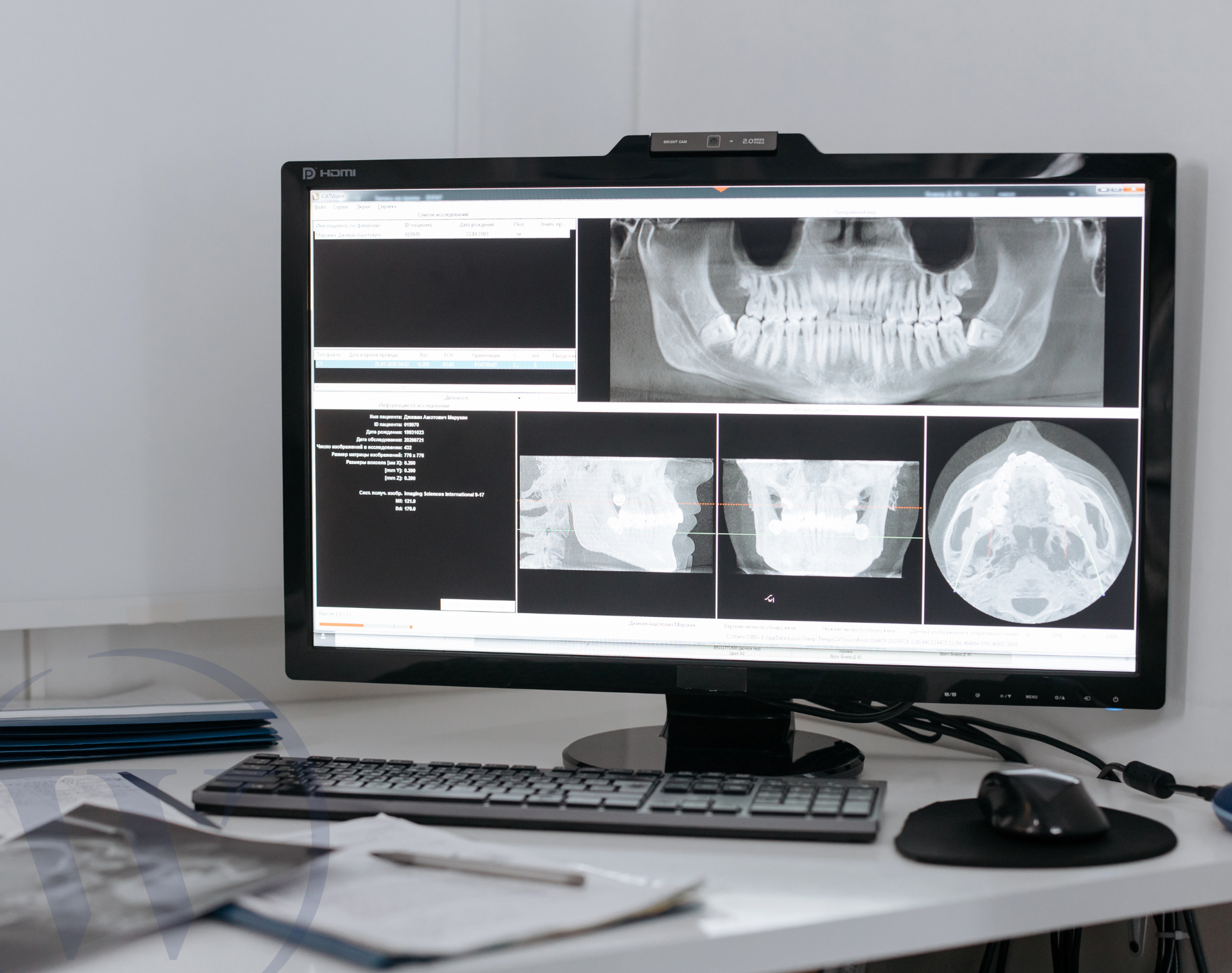Sialogram
A sialogram is a simple diagnostic procedure that uses X-rays and contrast dye to provide a detailed view of the salivary glands and ducts.

What is a sialogram?
Your salivary glands are located inside your mouth on each side and are responsible for releasing saliva into your mouth.
A sialogram is a type of imaging test used to produce detailed images of these glands, particularly the parotid glands (in your cheeks just in front of your ears) and the submandibular glands (under your jaw).
The salivary ducts are not easily seen on a normal X-ray. A sialogram uses X-rays and a dye called a contrast medium so that they can be seen more clearly and your consultant can make an accurate diagnosis.
Why would you need a sialogram?
A Welbeck consultant may recommend a sialogram if they suspect you have a salivary duct or gland disorder.
Symptoms of a salivary gland or duct disorder can include:
- pain in your mouth, face or neck
- swelling in your jaw, face or neck
- a dry mouth due to reduced saliva production
- a foul taste in your mouth
A sialogram may be helpful in the diagnosis of:
- blockages in your salivary glands, such as salivary gland stones (sialolithiasis)
- salivary gland infection or inflammation
- salivary duct tumour
- constriction or dilation of the salivary ducts
- salivary fistula
How is the sialogram procedure performed?
At Welbeck, sialograms are performed by our experienced radiology technicians. A sialogram is a very simple diagnostic procedure that takes around 30 minutes to complete.
The steps of the procedure are as follows:
You’ll lie down on a hospital bed on your back and the X-ray machine will be placed over you.
A number of X-rays will be taken from different angles. You do not need to move as the X-ray machine will be moved around you. These provide control images that are then compared with the contrast images taken afterwards.
You’ll be asked to open your mouth and the radiologist will gently insert a small tube into the salivary duct under investigation.
A contrast dye containing iodine will then be injected into the duct through the tube and further X-rays will be taken. This dye helps produce a clear image of the glands so that your consultant can provide an accurate diagnosis.
Once the X-rays have been taken, the tube will be removed from your mouth.
The contrast dye will flow out of the salivary duct and into your mouth. You can spit the dye out, but it is also safe to swallow.
The images will be shared with your consultant for analysis and your results will be shared with you at a follow-up appointment, which often takes place on the same day.
There is no anaesthetic involved so you can return to your day straight after the procedure. You can also eat and drink normally straight away, but you may feel a little discomfort or swelling.
Are there any risks of a sialogram X-ray?
When performed by one of our experienced radiologists, side effects are very rare.
You may notice a little bit of swelling in your face on the side that the contrast dye was injected into, but this will usually pass on its own within 24 hours.
Although extremely rare, it is possible to have an allergic reaction to the contrast. If this happens, you will receive immediate care to stop the reaction.
How to prepare for a sialogram
There is no special preparation needed before having a sialogram. Just beforehand, you’ll be asked to remove any metal objects like jewellery and dentures.
What happens after having a sialogram?
The results of a sialogram may indicate any one of these salivary gland and duct conditions:
- bacterial or viral infection in your salivary gland
- salivary gland stones
- oral cancer or parotid gland tumour
- parotid gland inflammation
- salivary fistula
In most cases, your consultant will discuss the results of the sialogram with you on the same day.
Depending on the results, they may suggest treatment, or they may need to run more tests to confirm the results.
Whatever the outcome, our expert consultants are dedicated to providing you with the care and treatment you need to get back to good health.
How much does a sialogram cost?
Please get in touch with our Oral & Facial Health centre for pricing.
Why choose Welbeck?
At Welbeck, our maxillofacial specialists are experts in their field and are dedicated to providing world-class care to every patient.
With access to colleagues across other specialities, our consultants are also able to refer within the Welbeck ecosystem if needed to ensure you receive the best possible treatment as quickly as possible, all under one roof.
All appointments, testing, treatment, and follow-up appointments take place within our state-of-the-art facilities, enabling us to deliver accurate diagnostics and advanced treatments.
Book your private consultation
Your health is important to us, so we strive to offer same-day appointments whenever possible.
Our consultants are recognised by the major health insurance companies. If you have private health insurance, your treatment at Welbeck can begin once you have obtained authorisation. We also provide care to self-paying patients. Learn more about the different payment options at Welbeck.
FAQs
Is a sialogram painful?
A sialogram is not a painful procedure, but you may feel some discomfort or pressure when the contrast material is injected into the salivary ducts. The contrast material can also taste unpleasant.
What dye is used for sialography?
A special dye called a contrast medium is used in sialography to produce clearer X-ray images. This is usually iodine-based.
How long will it take to receive my sialogram results?
At Webeck, we’re able to book follow-up appointments on the same day as a sialogram so that you receive your results as quickly as possible.
